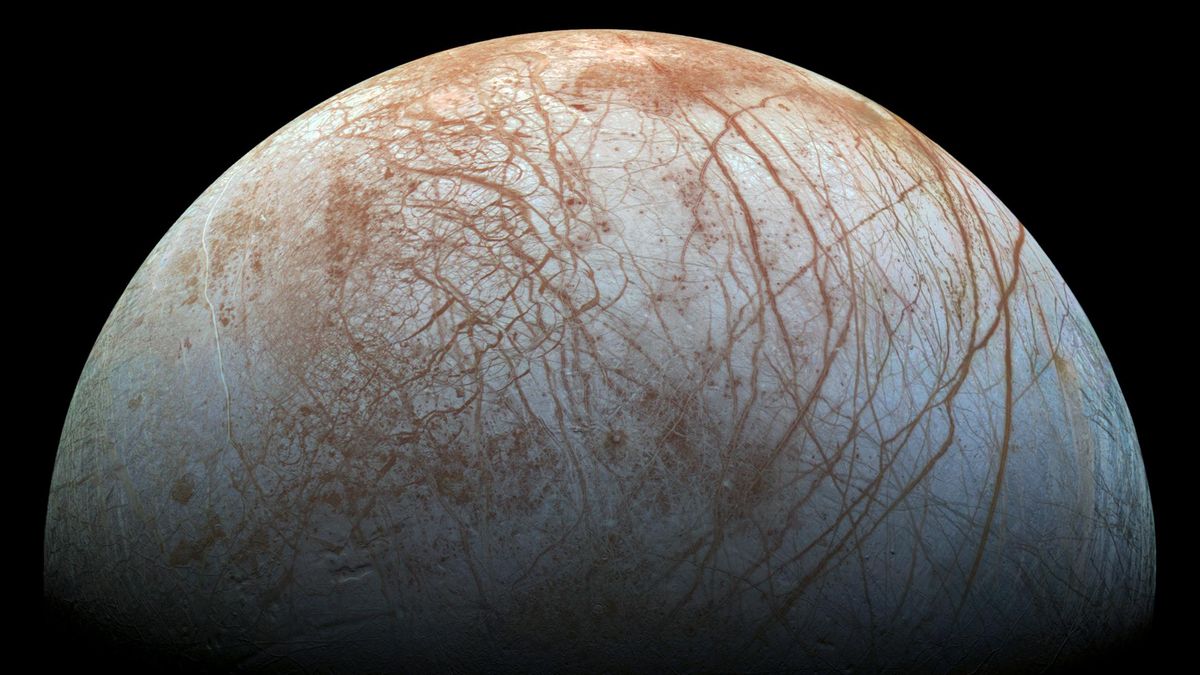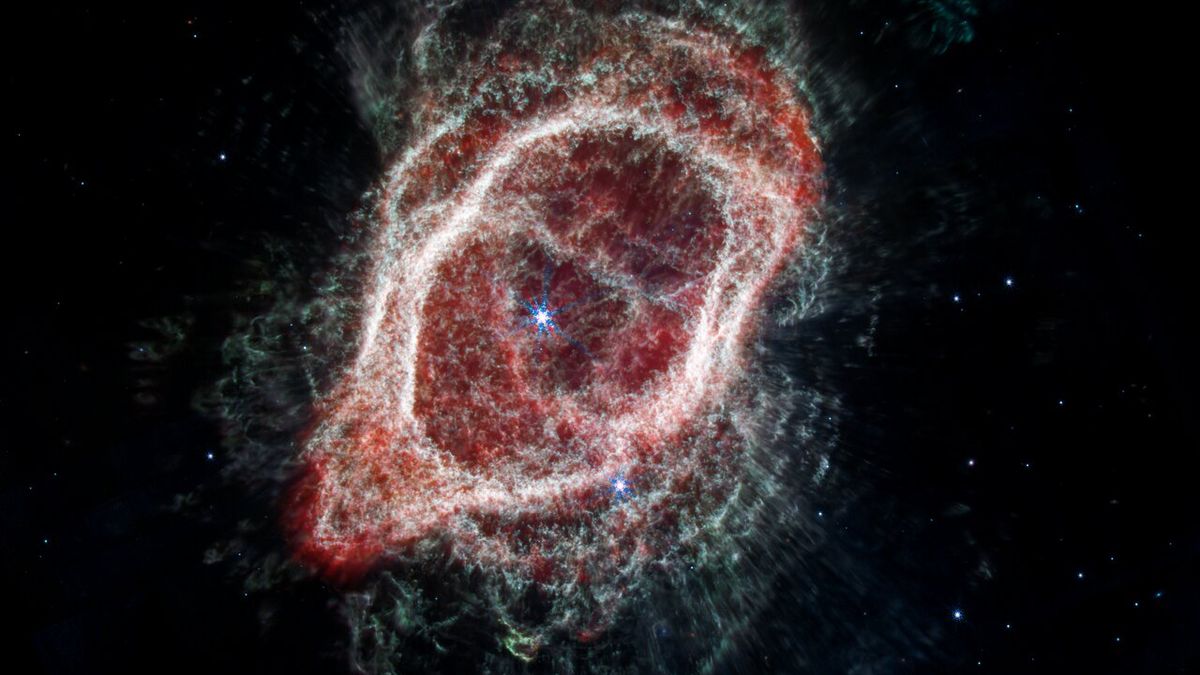The Potential for Finding Life on Europa
A groundbreaking experiment suggests that even a single ice grain ejected from Jupiter’s ocean moon Europa could hold the key to uncovering evidence of alien life. This new research, conducted by scientists at Freie Universität Berlin, reveals the immense potential for NASA’s Europa Clipper spacecraft to detect signs of life on icy moons like Europa. By utilizing advanced instrumentation such as the Surface Dust Analyzer on the Europa Clipper, scientists may be closer than ever to uncovering the mysteries hidden beneath the icy surface of these celestial bodies.
Exploring the Possibilities
The Europa Clipper mission, set to launch in October 2024 and expected to arrive in 2030, aims to conduct close fly-bys of Europa to study its subterranean ocean and ice shell. While the primary goal of the mission is not explicitly focused on finding life, recent discoveries have sparked renewed interest in the potential for life to exist on these icy moons. Similar plumes of water vapor observed on another ocean moon, Enceladus, have raised intriguing possibilities for detecting life emanating from beneath the frozen surface of Europa.
The revelations from the Cassini mission’s exploration of Enceladus, coupled with observations from the Hubble Space Telescope and the Galileo probe, have laid the groundwork for investigating the potential presence of life on Europa. By simulating high-velocity impacts of ice grains laden with microbial life in a laboratory setting, researchers have demonstrated how instruments like the Surface Dust Analyzer could detect traces of life carried up from Europa’s ocean through icy plumes.
Potential for Detection
The breakthrough experiment involving the bacterium Sphingopyxis alaskensis showcased the feasibility of identifying cellular material within a single ice grain. This discovery has profound implications for the Europa Clipper mission’s ability to detect life forms similar to those found on Earth, potentially residing in the depths of ocean-bearing moons like Europa.
While the spacecraft’s instruments may not be capable of identifying DNA, the detection of fatty acids and lipids, which are essential components of biological cell membranes, could provide vital clues to the presence of life within Europa’s ocean. The stability of fatty acids makes them ideal targets for detection, offering scientists a promising avenue for uncovering the secrets of alien life forms.
Published in the journal Science Advances, these findings underscore the significance of upcoming missions like Europa Clipper in advancing our understanding of the potential for life beyond Earth.
Image/Photo credit: source url





